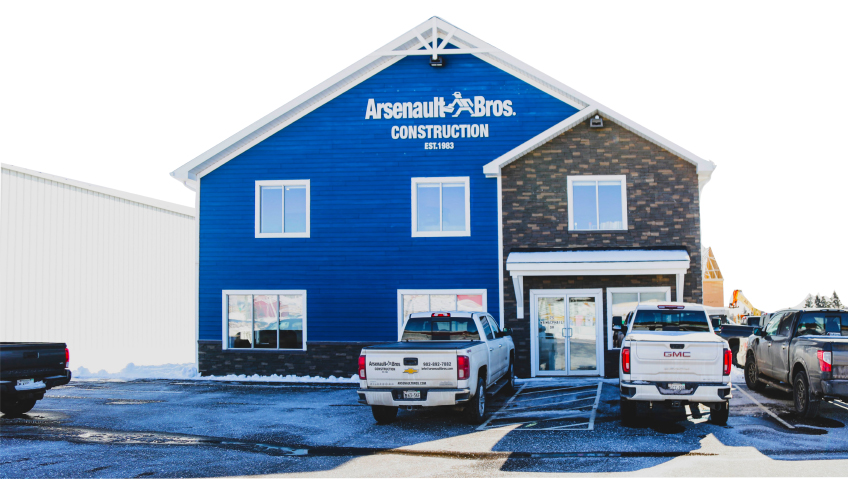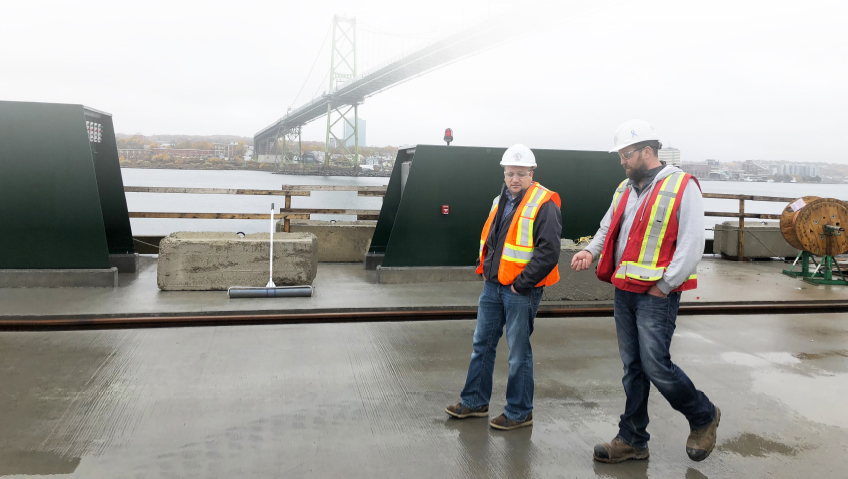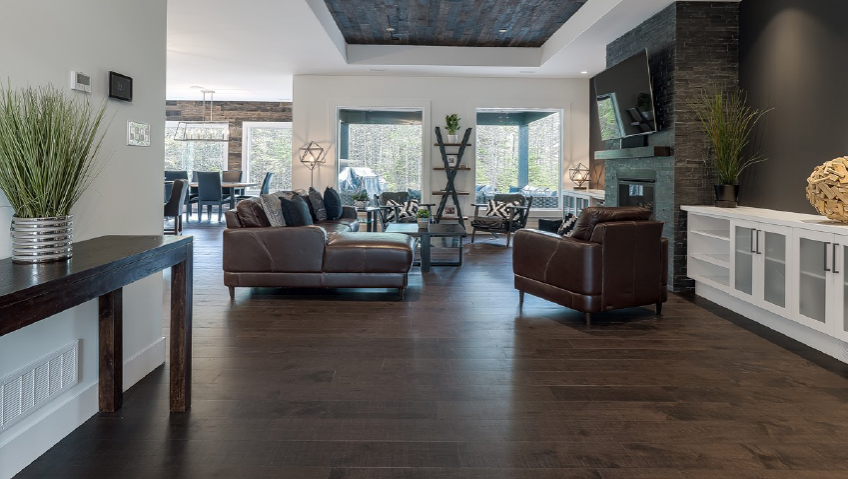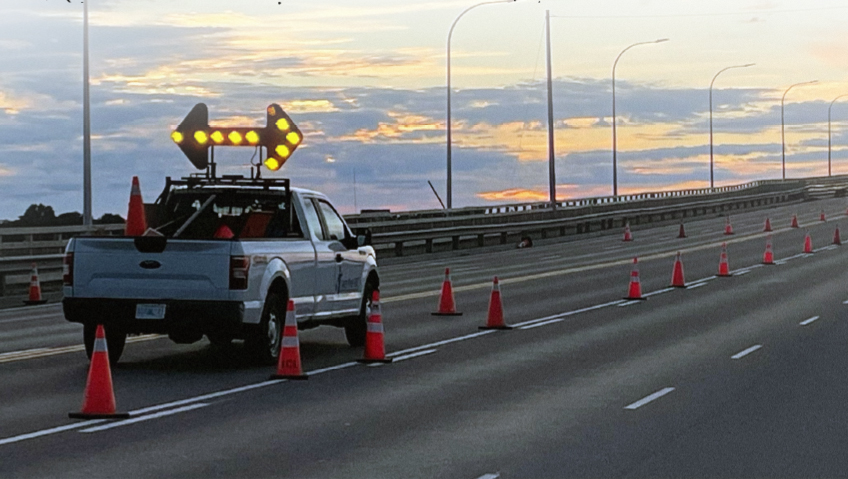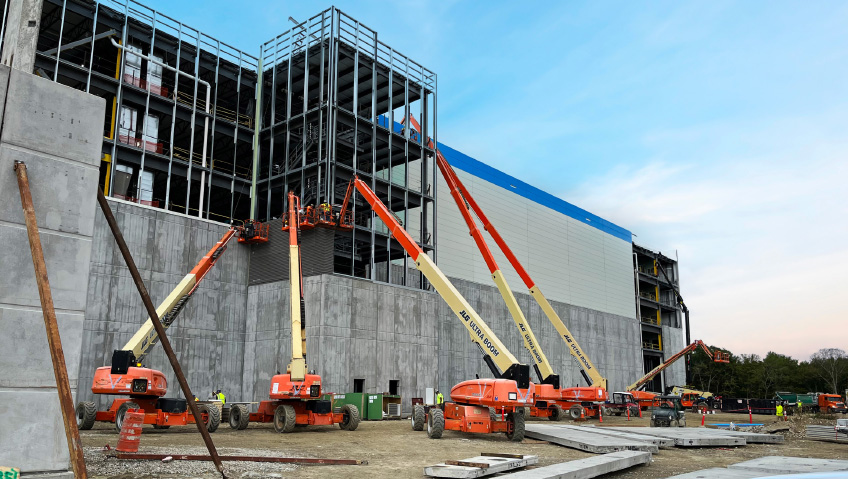Cramming oneself into a little box—whether built on a foundation, on wheels, or floating on water—when the white picket fences and comforts of suburbia beckon may not always make sense to everyone. Those who love a tiny home, however, swear by its merits.
Tiny homes are certainly nothing new, but they have been getting a lot of attention lately, and why not? Well-built small dwellings are perfectly adequate shelters from the elements as proven throughout history from the Celtic roundhouses built during the British Iron Age to the simple wood dwellings constructed by early American pioneers.
Just as throughout the centuries, financial considerations inspire many who decide to go this route today. Others are driven by more than financial freedom. Those who embrace the refreshing sense of adventure and autonomy that tiny homes offer share their advice for the stewardship of the earth as much as they share their vision for a more sustainable way of life.
So, how to define a ‘tiny home’? As it turns out, there is no set standard, and what is permitted will vary greatly depending on local laws and regulations. In general, it is a detached single-family dwelling unit that has less than five hundred square feet of living space.
If an area permits such structures to be placed permanently, they can be built on a foundation like any other home and be hooked up to water and septic systems as well as other utilities. If the tiny home is built on a chassis, it is technically a recreational vehicle and is subject to different standards such as those involving dimensions or weight that could affect towing.
Materials used are mainly dictated by considerations such as whether a tiny house will be fixed to the land, live on a trailer to make it mobile, or be built as a houseboat. When deciding on materials functionality is key. The choice of materials is myriad, from wood in all its forms to concrete, metal sheeting, plastic, and adobe and cob mixtures for fixed tiny houses.
Some people turn to unexpected materials like car tires, glass bottles (or plastic ones with more plastic waste collected from the environment rammed into them), sandbags, or straw bales. In South Africa and Ghana, recycled plastic turned into bricks is fast becoming a trend in affordable housing circles, while in Thailand, there are even tiny homes made of bamboo.
Other builders repurpose old grain silos, buses, and rare, vintage ellipse-shaped metal pods from the seventies. Known as Futuro Houses, these units were designed by Matti Suuronen. Some have been restored by a few creative people around the world. Whether salvaged or brand new, materials and repurposing options appear to be limited only by durability, the imagination of designers, and building codes.
Another aspect that needs careful planning is how to access basic services such as water, electricity, and sewage. How to store water is one thing, but getting it in and out of the unit is another matter altogether, especially in mobile and floating homes in winter. One option is to install RV heating pads on tanks, in addition to insulating water pipes. Adding skirting around units also goes a long way to keeping things warmer inside and adds some extra protection for pipes as this blocks off icy winds.
Without a connection to a sewage or septic system, personal waste is another head-scratcher, with many owners opting for composting concepts with safe disposal. In terms of electricity, when the home is not connected to the grid, most people use solar panels backed up with storage batteries to light up the inside of their tiny homes.
Once the most basic decisions are made there are scores more aspects to consider but, thanks to experts and researchers, YouTube channels, the Tiny Home Movement website, and actual builders of little dwellings, it has become pretty easy to draw up a checklist of questions to answer before getting knee-deep in wood shavings or savings.
This brings us to one of the most important questions: to build or to buy? When self-building, ensuring that one has the necessary skillsets in place first is the wise thing to do. Because as an old Afrikaans saying goes: buying cheap is buying dearly.
Do-it-yourselfers new to tiny home projects may find that leaving the job to a professional may save money, time, and tears in the long run. One trusted builder, D’Arcy McNaughton of Acorn Tiny Homes in Ontario, Canada, is an ex-firefighter who has years of experience in building and occupying tiny homes. McNaughton points out many little blind spots that may seem obvious to seasoned tiny homers but may surprise new owners.
One of these points covers heating and cooling because nobody wants to live inside a Dutch oven or a freezer. To cool such a space effectively and cheaply, having plenty of windows placed to allow for cross-drafts throughout the house on hot days is recommended. Mesh screens on windows that open help keep wildlife and insects outside.
For heating, hydronic underfloor heating drawn from a tiny home’s combination water heater is the top radiant heat choice at Acorn Tiny Homes. “Tiny homes tend to have very cold floors. So, by heating the floor, you are stopping that cold action at the source,” says McNaughton, who also advises having a second heat source for good measure.
Another important consideration in places with extreme winter weather, according to experts, is keeping the space warm safely while it is unoccupied for any period during the day or night. One way of doing this is by using a solar-powered heat pump, like those by Canadian company ÉcoSolaris. The panel functions by pushing heated air into the area being heated through a solar-powered fan system. As long as the panel faces south, it also works in wintery weather.
As with any building project, deciding on land is vital in the early planning stages of a tiny home. Even for fixed houses, leases can be arranged on someone else’s land, depending on local by-laws. Therefore, whether a site will be borrowed, bought, rented, or just camped on temporarily in the case of a mobile tiny home, must be decided early as the cost will have to be factored into the budget.
Another cost aspect to consider, say seasoned tiny homeowners, is transport, not only with regards to hauling a unit but also general transportation. It is, therefore, wise to ensure that there is space to store a vehicle and or easy access to public transport if needed. Some tiny home owners store a bicycle or two to get around in fair weather.
A possible downside for some is that, generally, tiny homes tend to drop in value rather than gain investment potential, much like RVs. That is especially true when a unit is not attached to independent land, so acquiring a new site and moving the home become future costs to take into account when plotting its resale value.
In addition, insurance is a matter that is best cleared with a trusted professional before building commences because some companies only insure professionally certified builds, even when it qualifies as an RV rather than a house. When a tiny home qualifies as an RV, it is wise to sign up for transportation insurance when relocating the unit. Read the fine print, however, as not all policies cover self-transportation. In such cases, experts suggest finding a professional haulage company that automatically insures the cargo it carries under its policy.
Once the nitty-gritty of the realities is sorted out and decided, the fun can start, and there is a lot of that to be had when one listens to the incredible passion of tiny home owners. While there are certainly challenges, the pleasures and financial gains make tiny homes anything but the novelty many take them for.
Instead, they seem to have an uncanny way of setting people free in the best possible sense. Whether for a season or two or three or even for a lifetime, these small habitats offer considerable long-term benefits. Great quality is, undeniably, no small affair.


